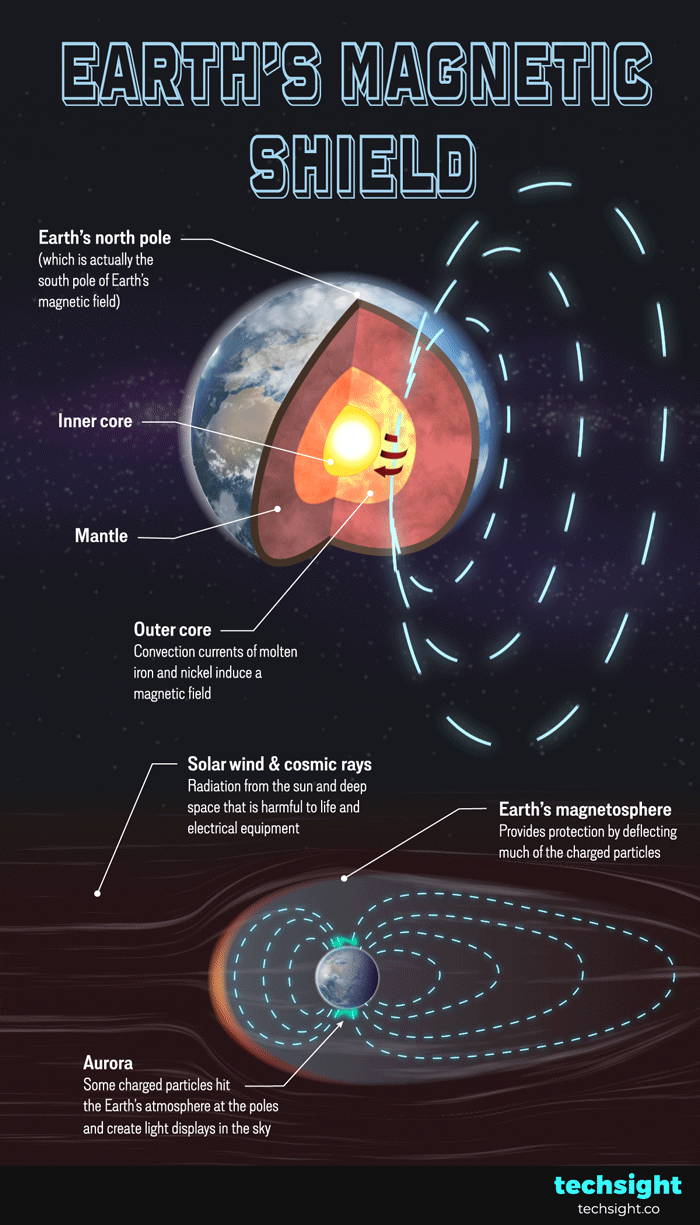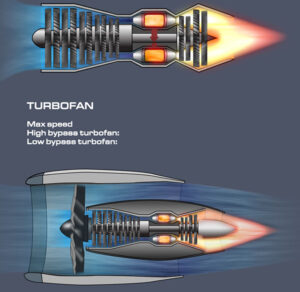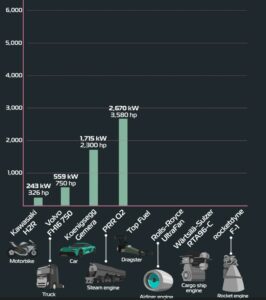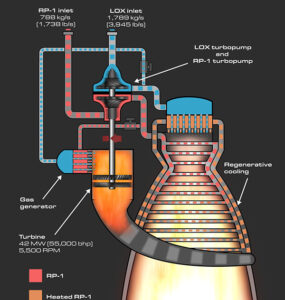
Earth's magnetic field
We’ve been aware of Earth’s magnetic field for a long time. In fact, for thousands of years. Han dynasty Chinese were first using their ‘south pointing fish’ compasses between the 2nd century BC and 1st century AD.
It took us much longer to realise the magnetic field’s value beyond giving us direction. We now know, without it, life is unlikely to have evolved. Earth’s magnetic field – or perhaps more aptly called magnetic ‘shield’ – protects us from a barrage of harmful space radiation. Much like a force field belonging to a comic book or sci-fi film.
What creates Earth’s magnetic field?
The magnetic field is formed by a geodynamo. Inside Earth’s outer core, heat and planetary spin create twirling currents of the molten iron and nickel. Because these materials are electrically conductive, the currents induce magnetic fields.
From their origin at the Earth’s outer core, the magnetic field lines extend down into space through the south of the planet. They then loop back and return through the North Pole. This encircling field that covers the Earth is called the magnetosphere.
Confusingly, the North Pole is actually the ‘south pole’ of Earth’s magnetic field. Magnets have north and south ends to them, and two ends of the same polarity will repel each other, while two of the opposite will attract each other. So, the north pole of a compass magnet moves towards the south pole of Earth’s magnetic field. But through naming convention, the south pole of Earth’s magnetic field was called the North Pole to align with a compass’s north direction.
How the magnetic field protects us
Space is full of charged particles travelling at high speed. Solar wind refers to those coming from the sun, while particles from deep space are called cosmic rays.
The particles are like subatomic bullets and are harmful to life as the damage the DNA in cells. Prolonged exposure to them is likely to lead to radiation poisoning and death. Charged particles from space can also damage electrical devices and cause them to malfunction. This is a big consideration in the design and upkeep of spacecraft.
Luckily for us, we have the magnetosphere. The magnetosphere repels the charged particles from space and prevents much of them from hitting the surface of the Earth. Because of this, radiation exposure is kept low enough to prevent harm to life and the electronics we rely on in today’s world.
Furthermore, Earth’s atmosphere, which is essential for life, would not be present without the magnetosphere. Without a shield, space radiation would knock gas particles out from the Earth’s gravitational pull. Over time, this would lead to erosion of the atmosphere. Wind-back some four billion years, and this is what happened to Mars after its geodynamo stopped.
The Northern and Southern lights
On top of allowing life on Earth to flourish, the magnetosphere puts on a majestic light show for anyone who ventures near the poles. These light shows are auroras, also know as the northern and southern lights.
Auroras are formed by charged particles being funneled towards the poles by the magnetosphere. Here, they come much closer to the Earth’s surface and interact with atoms in the atmosphere. The result is swirling flashes of coloured light in the sky.
Could Earth’s magnetic field disappear?
Earth’s magnetic field will one day die out as Earth’s core loses its thermal energy. However, this will not happen for billions of years.
A geomagnetic reversal is a shorter term concern. This is where the magnetic poles flip; north becomes south and south becomes north because of changes in the Earth’s core. Scientists believe this last happened some 780,000 years ago, and we are overdue for another.
This flipping of magnetic poles is a long process and would likely take thousands of years to complete. During which, Earth’s magnetic field weakens as it gets more disorderly. With this comes greater levels of harmful radiation hitting the Earth.
It’s hypothesised these events could have led to mass extinctions in the past. Thankfully, there is little supporting evidence of this. So when the next reversal happens, we’ll have to adjust our compasses, but hopefully not much more!


